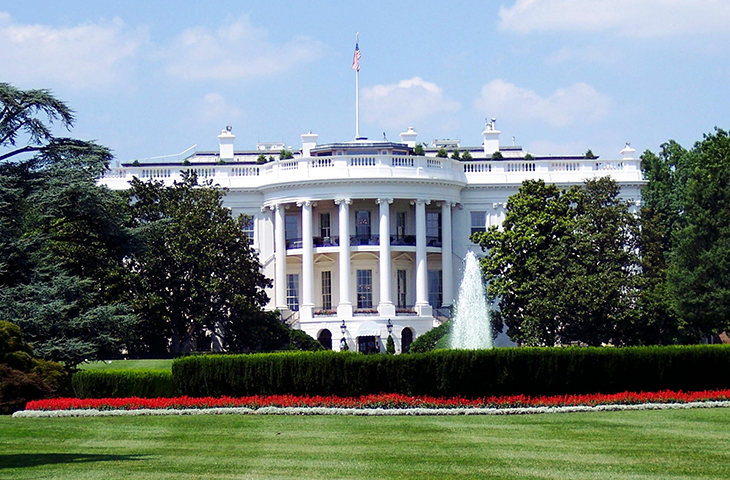Appeals Court Blocks Trump From Firing Two Leaders On Federal Boards

Two key members of federal boards fired by President Donald Trump have been un-fired by the courts for a second time.
A federal appeals court has reimposed an order blocking Trump from firing the two federal officials who served in agencies that oversee employee grievances and labor disputes.
In a highly unusual order Monday, the D.C. Circuit Court of Appeals voted 7-4 to set aside the ruling of one of its three-judge panels, which allowed the firings to proceed despite laws saying the officials can be dismissed only in cases of “inefficiency, neglect of duty, or malfeasance in office.”
The ruling means that Gwynne Wilcox, a member of the National Labor Relations Board, and Cathy Harris, a member of the Merit Systems Protection Board, can return to their previous roles for now — unless the Supreme Court steps in. The boards are crucial overseers of employee grievances in the federal government and private sector, and without the Biden appointees they lacked a quorum to conduct business.
The appeals court’s four Republican appointees dissented from the order. One of the court’s Democratic appointees, Chief Judge Sri Srinivasan, backed the order but indicated he would have put it on hold for a week to allow the Trump administration to appeal to the Supreme Court.
The decision almost certainly tees up another Supreme Court showdown over the power of the president to control every aspect of the executive branch.
It’s a whiplash-inducing turn for the two officials, fired by Trump in the first days of his term. Judges on the federal district court bench in Washington reinstated both of them, harshly scolding Trump for ignoring the laws meant to protect the officials from removal without misconduct or other improper behavior.
But last month, a three-judge panel of the D.C. Circuit blocked those orders from taking effect, ruling 2-1 that the laws improperly restricted the president’s ability to manage the executive branch. Monday’s ruling, in turn, withdraws that order and allows the officials to return to their posts.
In the unsigned order Monday, the appeals court’s majority pointed to Supreme Court decisions from the 1930s and 1950s in which the justices “unanimously upheld removal restrictions for government officials on multimember adjudicatory boards.” While more recent rulings from the high court have undermined the rationale of those decisions, the justices have never flatly reversed them.
“The Supreme Court has repeatedly told the courts of appeals to follow extant Supreme Court precedent unless and until that Court itself changes it or overturns it,” the D.C. Circuit majority wrote.
Writing for the dissenting judges, Judge Neomi Rao didn’t dwell on the majority’s argument that the Supreme Court precedents upholding limits on the president’s firing powers remain valid law. Instead, the Trump appointee emphasized that the courts lacked the authority to order a presidential appointee returned to their post.
“There is simply no precedent for such expansive judicial directives against officers of the Executive Branch wielding essential executive powers,” Rao wrote.
The Trump administration is virtually certain to ask the Supreme Court in the coming days to take the case on an emergency basis and promptly put the two officials out of their jobs again. The open question is whether the justices will step in to do so or allow the appeals court’s process to play out fully to a final decision before the high court takes up the case.
The D.C. Circuit’s decision to overturn the ruling of one of its three-judge panels is rare. The order Monday did not immediately set the cases to be heard en banc, or by the full, 11-judge bench of the appeals court, but left the cases to be finally resolved by a three-judge panel on an expedited basis.


